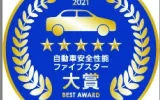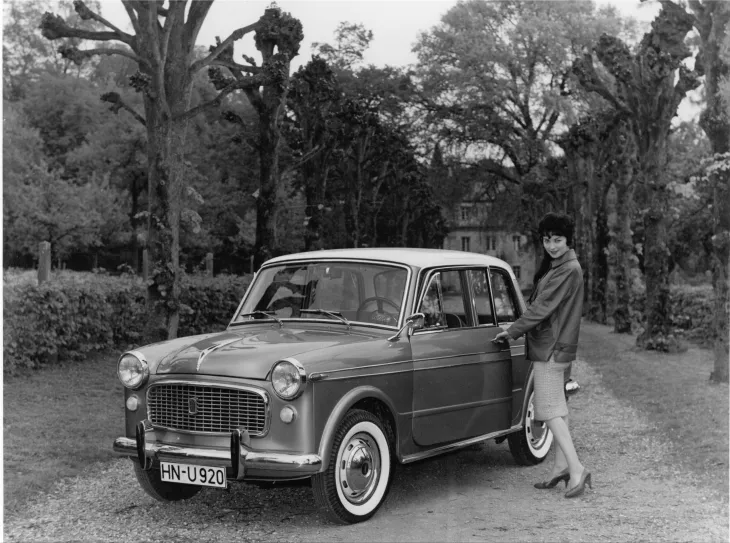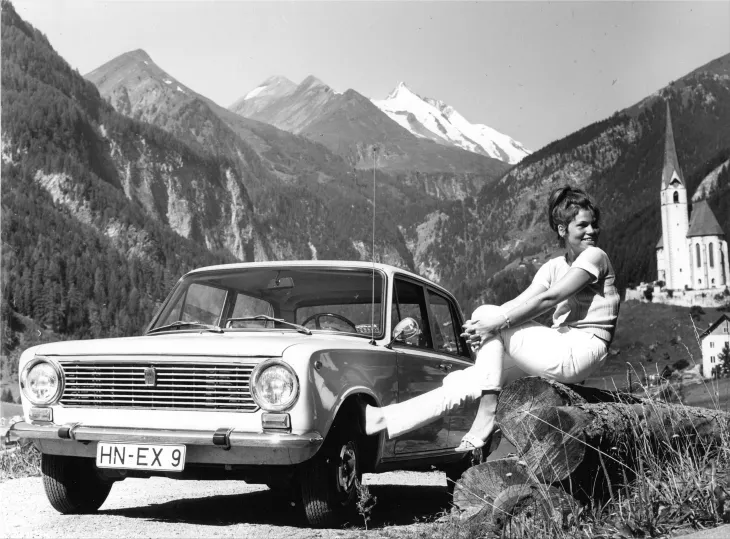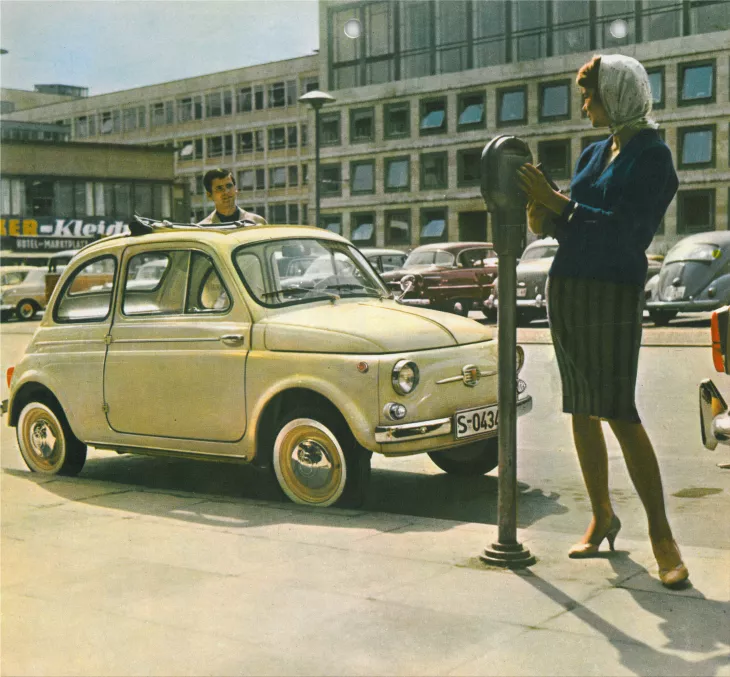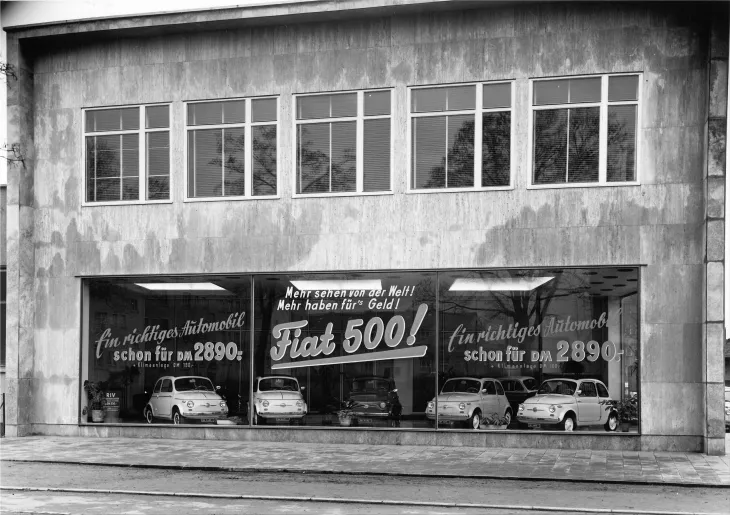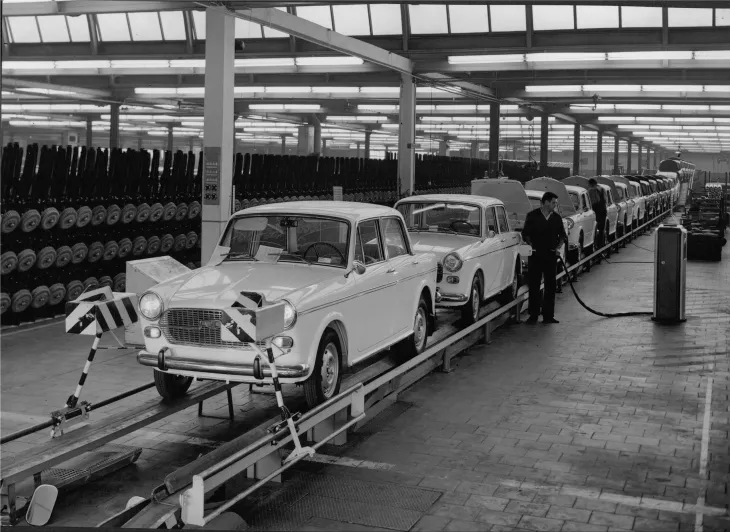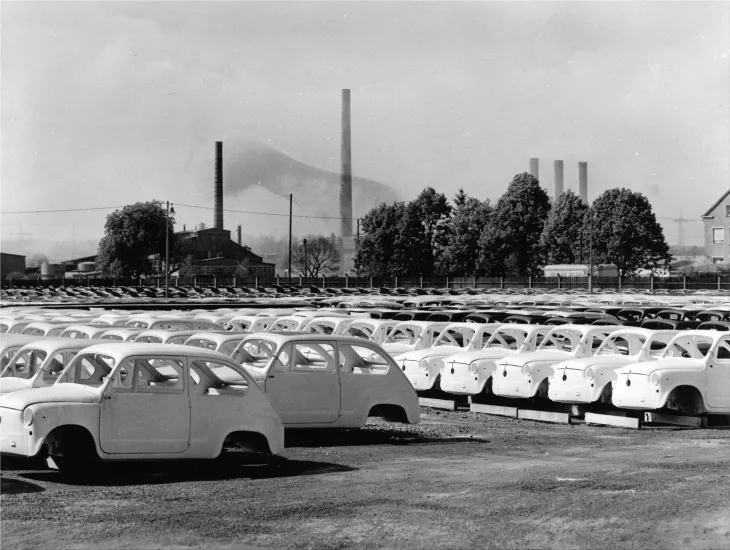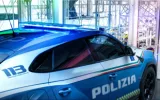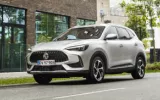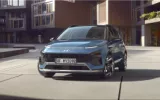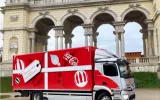For Fabbrica Italiana Automobili Torino (FIAT), founded in 1899, Germany was one of the first foreign markets where the brand was officially represented with its own import company. Deutsche Fiat Automobil-Verkaufs-Aktiengesellschaft was founded on May 5, 1922 in Munich.
Precisely 100 years later, the Fiat brand is also optimally positioned in Germany as part of the Stellantis Group for future challenges. From the company headquarters in Rüsselsheim, Fiat currently sells the all-electric Fiat 500e and Fiat E-Ulysse models and the 500/500C, 500X, Panda, and Tipo series, which are also available with hybrid technology. The vans sold under the FIAT Professional brand name, including the E-Scudo and E-Ducato electric models and chassis, are a separate business area.
Fiat had many fans early on. Even Kaiser Wilhelm II and Thomas Mann, winner of the Nobel Prize in Literature, drove the technically advanced automobiles from Turin. In 1922, four Munich business people took the next step and founded Deutsche Fiat Automobil-Verkaufs-Aktiengesellschaft. According to the founding protocol in 1922, the business purpose was to "manufacture and trade in motorized vehicles, both for luxury and business purposes with agricultural tractors, motor ploughs, stable and boat engines."
Trade soon went so well that the company headquarters were relocated to the capital Berlin in 1926. By taking over the Heilbronn NSU plant, FIAT also had its production facility in Germany from 1929, functioning as a sales center for vehicles imported from Italy.
The Fiat 508 Balilla rolled off the production line here as the NSU Fiat 1000 in 1934. In 1938, 5,632 vehicles were already being manufactured in Heilbronn, above all the models NSU-Fiat 500, NSU-Fiat 1000, and NSU-Fiat 1400. Economic development was so good that production had to be expanded. In 1938, FIAT took over the Weinsberg bodyworks, located less than ten kilometers from Heilbronn. Soon after, production of the NSU Fiat Topolino started here. At the same time, however, models with independent bodies were also developed, including the NSU Fiat Weinsberg Roadster based on the Topolino - today a scarce and valuable classic.
In 1947 the company moved its official headquarters from Berlin to Heilbronn. At the same time, the name was changed to Fiat Automobil AG. In the years that followed, the administration was reorganized, and, above all, the dealer organization was developed. As early as 1951, FIAT sold around 5,500 vehicles in Germany. A year later, production started again in Heilbronn and Weinsberg. Significant progress came with the introduction of the Fiat 600. The four-seat sedan, marketed in Germany as the NSU-Fiat Jagst, triggered an increase in sales to almost 12,000 units in 1955. The Fiat 1300 came with comparatively lavish equipment and soon led the sales hit list of imported cars in Germany. In 1962, FIAT sold more than 100,000 vehicles in Germany for the first time within a year.
In order to cope with the increased volume, FIAT opened a central distribution center in Kippenheim in Baden in 1972. All vehicles delivered from plants around the world are checked here before they are delivered to dealers. In 1973, the company, Deutsche Fiat AG, gave up production in Germany and concentrated on sales.
With the Fiat Dino, which played in a league of its own at the end of the 1960s as a coupé and spider with a Ferrari engine under the hood, FIAT set highlights beyond the minor car league. In addition, the rally victories of Walter Röhrl, who became world champion with FIAT in the 1980 season, gave the Italian vehicles a sporty image.
In addition to Röhrl's 131 Mirafiori company car, the 127, 128, and 124 Spider were the commercially most essential models from Fiat in this era. The advertising slogan "Any size, any power from 18 to 180 hp" was aimed at the pervasive product range.
In the 1980s, FIAT won many new friends in Germany with the Fiat Panda, the first vehicle in this segment with optional all-wheel drive and ingeniously advertised as the "Great Box" and the Uno. Fiat Cinquecento and Fiat Punto continued this successful series in the following decade. With the coupe, FIAT also appealed to sports car fans again, while the Fiat Barchetta heralded the brand's return to the roadster segment. At the same time, the Bravo/Brava and Marea models conquered new customer groups for FIAT in the middle class. Finally, with the Fiat Ulysse and the Fiat Qubo, a medium-sized and a compact van were again offered.
After all administration, sales, training, development, and spare parts activities had been controlled by Heilbronn for decades, the company, now called Fiat Automobil AG again, took the next important step in 1997 with the move into the new German headquarters in Frankfurt am Main. In the Hessian banking metropolis, with the vital airport right in front of the door, the central management departments moved into new offices in the Niederrad district. The official company headquarters initially remained in Heilbronn and was only relocated to Frankfurt in 2007. At the same time, the company name changed to Fiat Group Automobiles Germany AG. In addition to FIAT, the Alfa Romeo, Lancia, Abarth, and FIAT Professional are now part of the company.
A new era began for FIAT in 2007: With the new Fiat 500, an iconic name returned to the model range. FIAT also had a broad presence on the German market with the now wholly newly developed Panda, the Grande Punto, the Croma station wagon, and the Sedici, the brand's first SUV.
In 2011, a new model generation of the Fiat Panda was one of the stars at the IAA motor show in Frankfurt. Three years later, FIAT surprised us with the crossover model 500X, which combined the positive characteristics of a small SUV with the iconic design of the Fiat 500.
In addition to the Cabriolet variant, unique models based on the Fiat 500 also demonstrate the potential of this series almost every year. The "Cinquecento," which made its career in 1957 as a minimally equipped microcar possible for Italians for the first time with affordable individual mobility but showed its unique versatility here. In cooperation with well-known brands from the fields of fashion, design, and yacht construction, deluxe versions of the versatile city car were created. The Fiat 500 Gucci, Fiat 500 Ron Arad, and Fiat 500 Riva opened up entirely new customer groups for the model. Other memorable models, such as the Fiat 500 Anniversario, took up stylistic elements of the historic Cinquecento and reinterpreted them.
With the new edition of the Fiat 124 from 2015, the brand once again appealed to fans of puristic roadsters. On the opposite side of the model' range was the Fiat Freemont, a spacious family sedan.
After Fiat presented the first battery-powered concept vehicles in 1990 with the Panda Elettra and in 1992 with the Cinquecento Elettra, the age of electric mobility finally began for the brand in 2020. The Fiat 500e, whose design took up characteristic elements of the "Cinquecento" brand icon, allowed a wide range of customers to drive with zero local emissions.
And like the Fiat 500, the all-electric Fiat 500e is surprising with spectacular unique models and concept vehicles. The luxury fashion labels Armani and Bvlgari and the Kartell brand, known for its futuristic-looking furniture, presented unique show cars. In addition, the Fiat 500e "la Prima" by Bocelli has a premium audio system on board that was developed in collaboration with star tenor Andrea Bocelli.
But Fiat has also repeatedly demonstrated its awareness of social responsibility. For example, in some models, materials are made from recycled plastics that have been fished from the sea and certified by the "SEAQUAL Initiative." Together with the organization "Plant my Tree," FIAT supported reforestation projects in Northern Germany. In addition, the Fiat Autonomy program includes technical devices that enable people with physical disabilities to drive. And with the (RED) unique models of Fiat 500e, Fiat 500, and Fiat Tipo, the brand supports the work of the eponymous charity in the fight against pandemics.
Since 2021, Fiat has been one of the newly founded Stellantis Group brands, the fourth largest automobile manufacturer in terms of sales figures. The following models currently represent Fiat:
- – Fiat 500e: all-electric city car, available as a sedan and cabriolet with an electrically operated soft top and in the innovative 3+1 variant with a second door for the rear seats on the passenger side
- – Fiat E-Ulysse: all-electric minivan
- - Fiat 500: City car as a sedan and cabriolet with electrically operated soft top, hybrid drive
- - Fiat Panda: versatile small car, optionally with an off-road look, also with hybrid drive
- - Fiat 500X: Crossover with a nod to the iconic design of the Fiat 500, also with a hybrid powertrain
- - Fiat Tipo: a highly versatile family sedan available in five-door hatchback and estate versions, also with a hybrid powertrain
With this offer, Fiat got off to a highly successful start in the year of its 100th birthday in Germany. The Fiat 500 model family in its various variants was one of the frontrunners in the Federal Motor Transport Authority (KBA) statistics in the first quarter of 2022. According to the KBA figures, the Fiat 500e was even the best-selling electric car in Germany in January. In its segment (A), the Fiat 500e was the undisputed bestseller among electric vehicles in the first quarter. The entire Fiat 500 family, which the KBA statistics also include models with hybrid drives or combustion engines and the fully electric Fiat 500e, crossed the finish line twice as the sales leader in the A-segment. The series was number 1 in this ranking in March and throughout the first quarter.
These successes underline the competence of FIAT for urban and sustainable mobility. The brand has stood for Italian design, intelligent interior concepts, and innovative yet affordable technology since 1922.

